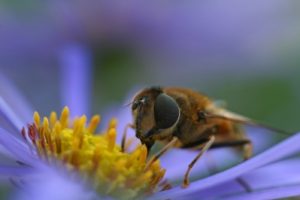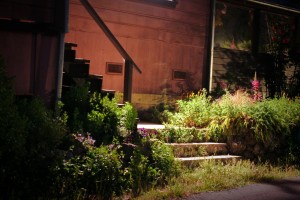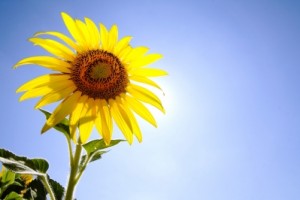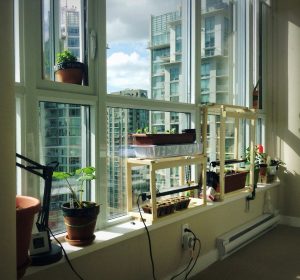 Summer is coming to an end and soon the leaves will begin to change colors and Fall will be here. If you’re wanting to continue your gardening through the Winter, indoor gardens are a great option. Check out these quick tips that’ll make sure your indoor gardening is a success.
Summer is coming to an end and soon the leaves will begin to change colors and Fall will be here. If you’re wanting to continue your gardening through the Winter, indoor gardens are a great option. Check out these quick tips that’ll make sure your indoor gardening is a success.
Water at the bottom. – When watering a plant, it is easy to think just pouring water over the plant is enough, but it’s not. Many times the water can and will roll off of the leaves of the plant. This means the roots of the plant aren’t getting any water. Water poured directly onto the soil may flood, or not reach the pot plant’s roots. An easy way to water the bottom is by sitting your plant in a dish and watering the dish. One more thing before we move on, yes it is possible to overwater your plants. Be sure to look up the type of plant you have and how often you should water it (you don’t want to drown your plants).
Pay attention to plant position. – Make sure your plants are in a place where they can receive sunlight. Don’t be afraid to try different spots until you find the right spot.
Don’t forget to feed your plants. – Most people think you only have to water plants, but adding fertilizer allows your plants to get the nutrients they need to grow strong. Believe it or not, even the best soil may not provide all of the essential nutrients required for optimum growth.
For more information about Whispering Springs Nursery, visit our website or give us a call at 770-893-1254.
Are you a Whispering Springs Nursery customer? Rate and share your experiences with us in the review section of our Facebook page. We can’t wait to hear from you.



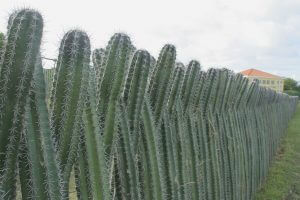
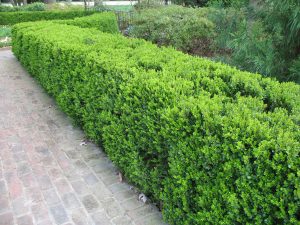
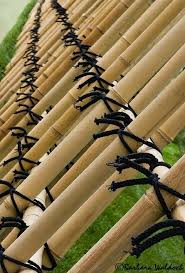
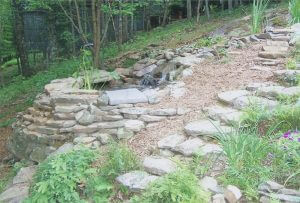
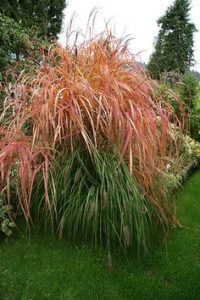
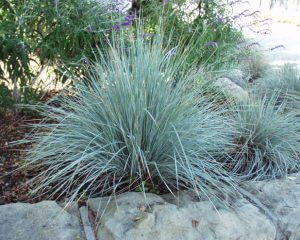
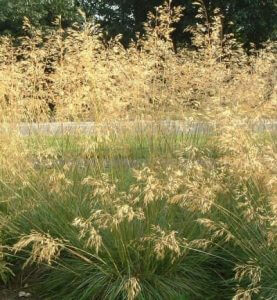
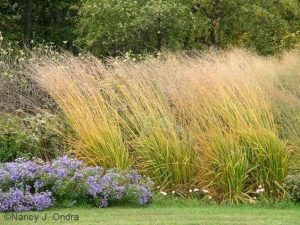
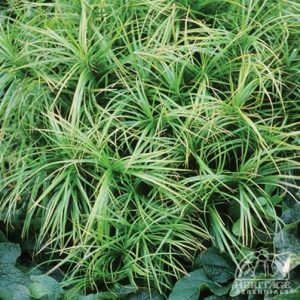
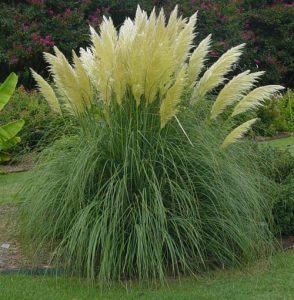
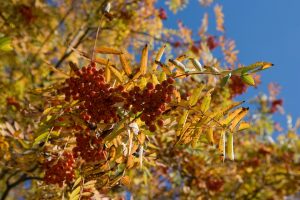 Summer’s in full swing, but soon, the leaves will begin to change colors and the kiddos will be heading back to school. Fall doesn’t mean no more gardening, just different gardening. Not sure what to plant? Check out a few of
Summer’s in full swing, but soon, the leaves will begin to change colors and the kiddos will be heading back to school. Fall doesn’t mean no more gardening, just different gardening. Not sure what to plant? Check out a few of 
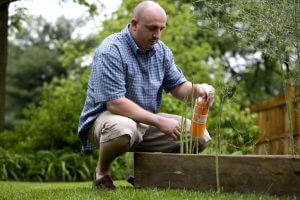
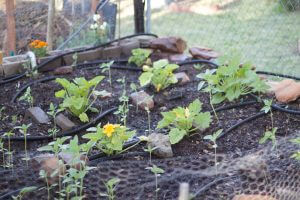 Water
Water